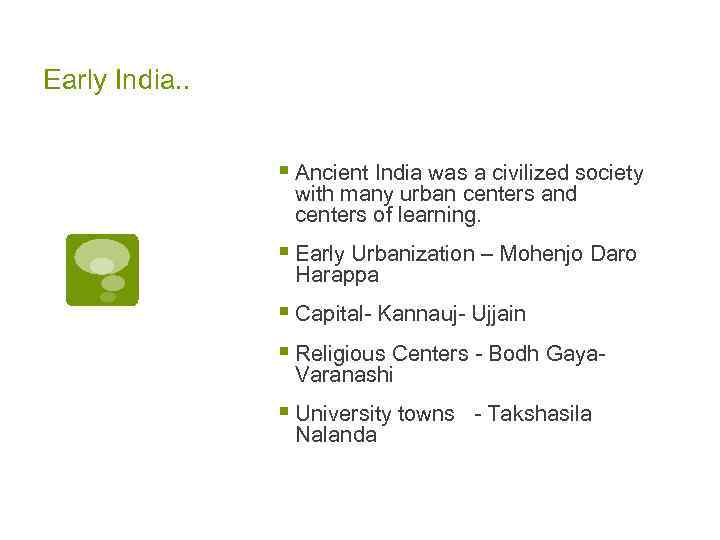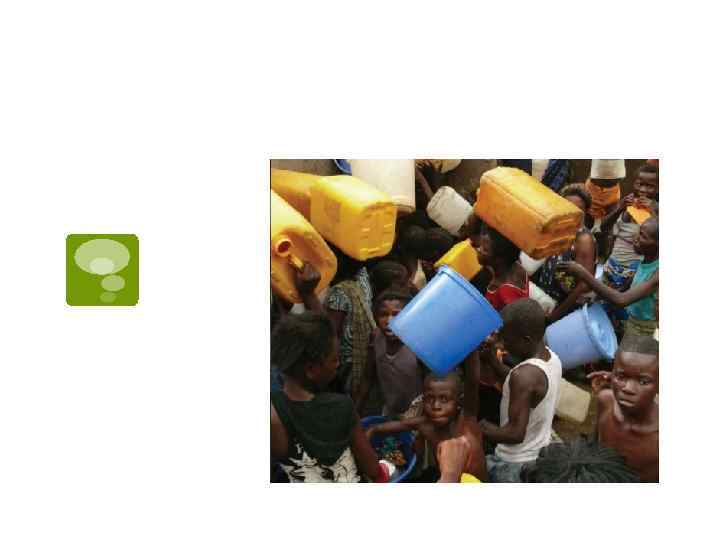Восстановленный файл 1.pptx
- Количество слайдов: 24

Urbanization and Migration Yerzhigit Symbat Akhbekov Beksultan Date: 24. 06. 13

Outline v 1. Positive and Negative sides of urbanization v 2. Impact of migration on low developed countries v 3. The future consequences of urbanization to developing and developed countries

Chicago in 1820 Population 15

Chicago in 1898 Population 16, 98, 575

Effects of Urbanization v. Positive v. Negative

Pluses § Benefits include reduced transport costs, exchange of ideas, and sharing of natural resources. § Cities act as beacons for the rural population because they represent a higher standard of living § Cities offer opportunities to people not available in the countryside

Minuses § Industrial cities were difficult places to live in due to: § Public health issues resulting from contaminated water and air and the spread communicable diseases due to overcrowding. § Unemployment and under employment

Urbanization in India

India’s population=US+Indonesia+Brazil+P akistan+Bangladesh…. .

Early India. . § Ancient India was a civilized society with many urban centers and centers of learning. § Early Urbanization – Mohenjo Daro Harappa § Capital- Kannauj- Ujjain § Religious Centers - Bodh Gaya. Varanashi § University towns Nalanda - Takshasila

Effects of colonization • Introduction of Western systems of education • Macaulization (after Lord Macaulay) of Indian Education • Development of labor forceskilled/ unskilled

Independent India • Administrative capitals – Center & State • Industrial Towns – Bhilai, Rourkela, Jamshedpur, Ahmedabad, Surat, Kolar

India Today • Megacities – Mumbai, Delhi, Kolkatta, Chennai, Bangalore, Hyderabad • Rapid Urbanization- rate of urbanization increasing

• The process of urbanization is still nascent in the Indian context. • This explains the focus of global attention on the developing nations. • There are huge profits to be made in the process of development.




Urban and Rural population, less developed countries 1950 -2025

% of population living in urban areas in major world regions, 1950, 1975, 2000 and 2025

World Urban Population


Some Answers to Varying Rates of Urbanization Is population size related to level of urbanization? Some variation in levels of urbanization simply produced by varying levels of industrialization Most important is the stronger tradition of urbanization in some areas Especially true of Middle East (the birthplace of cities) and Latin America where Spanish colonialism produced a deeper urban pattern Other areas the weakness of the rural agricultural base and hostile environment means urban places are more dominant

Features of Urbanization in Developing World § Rapid urbanization has been accompanied by explosive growth of very large cities § Primate city is used to identify cities that dominate the urban pattern of their respective countries § Such cities are much larger than next largest city and account for much of the political and economic activity as well as services Examples: Bangkok, Mexico City § The growth of such large cities has produced mega-cities which exceed 10 million Examples: Bombay, Calcutta, Jakarta (Jabotabek), Mexico City, Sao Paulo

References: 1. http: //www. akdn. org/rural_development/india. asp 2. http: //wbro. oxfordjournals. org/content/17/1/89. abstract 3. http: //www. sciencedaily. com/articles/science_society/urbanization/ 4. http: //www. globalissues. org/issue/198/human-population
Восстановленный файл 1.pptx